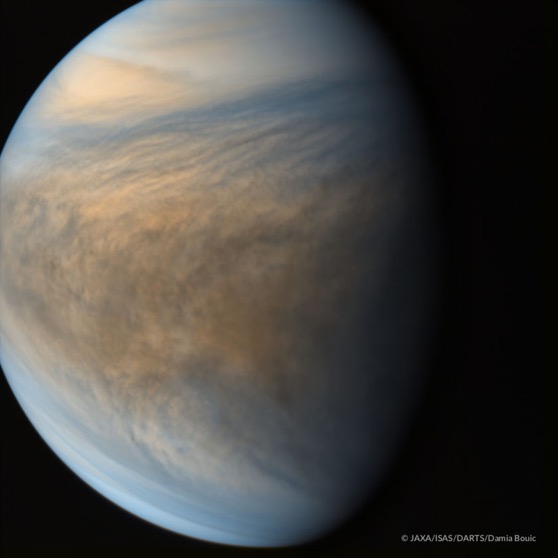Science Objective #3
Long term monitoring of UV absorber
The upper clouds of Venus are known to contain an unidentified species (or several species) that absorbs in the blue and near UV range, peaking around 365 nm. Despite various candidates like FeCl₃ and OSSO being proposed, the exact composition remains unknown as of present day.
The UV markings at 365 nm are longer-lived than sulfur species such as SO and SO₂, persisting beyond the 4-day cloud top superrotation period. This makes them useful for wind speed measurements through "cloud tracking", assuming comparatively slow microphysical processes like condensation and evaporation. The spatial contrasts of these UV absorbers have revealed sub-solar convection cells and atmospheric waves, which will be discussed further.
Another significant interest in this UV absorber is its long-term variability. Since many orbiters, like Venus Express and Akatsuki, and Earth-based observations have monitored Venus at 365 nm, a decennial variability in albedo up to 0.2 has been observed. Understanding the causes of these variations and their potential connections to other variables, such as SO₂ levels or wind speeds, is crucial for understanding Venus' climate and its evolution.


